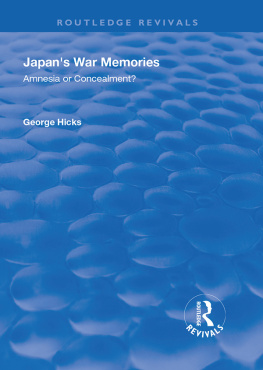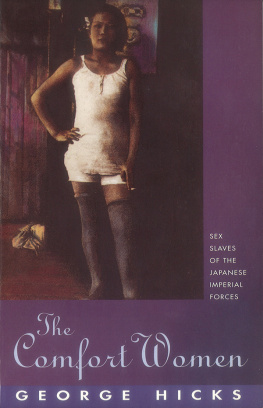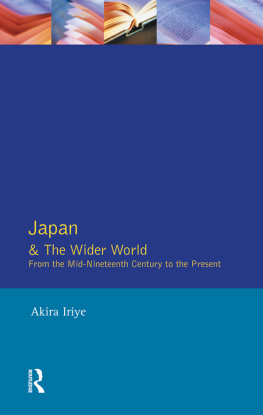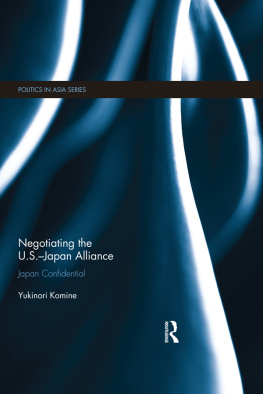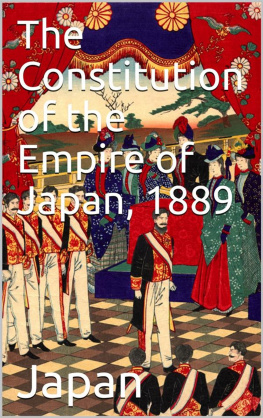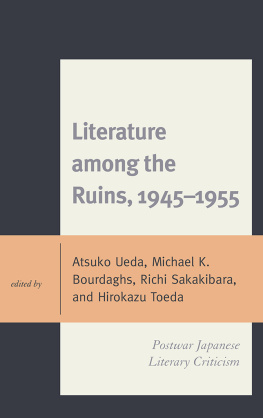First published 1997 by Ashgate Publishing
Reissued 2018 by Routledge
2 Park Square, Milton Park, Abingdon, Oxon, OX14 4RN
711 Third Avenue, New York, NY I 0017, USA
Routledge is an imprint of the Taylor & Francis Group, an informa business
Copyright G. Hicks 1997
All rights reserved. No part of this book may be reprinted or reproduced or utilised in any form or by any electronic, mechanical, or other means, now known or hereafter invented, including photocopying and recording, or in any information storage or retrieval system, without permission in writing from the publishers.
Notice:
Product or corporate names may be trademarks or registered trademarks, and are used only for identification and explanation without intent to infringe.
Publishers Note
The publisher has gone to great lengths to ensure the quality of this reprint but points out that some imperfections in the original copies may be apparent.
Disclaimer
The publisher has made every effort to trace copyright holders and welcomes correspondence from those they have been unable to contact.
A Library of Congress record exists under LC control number: 97073875
ISBN 13: 978-1-138-33494-6 (hbk)
ISBN 13: 978-0-429-44409-8 (ebk)
After tracking Nazi war criminals for 17 years, the United States Justice Department took its first action on 3 December 1996 against Japanese army veterans suspected of medically experimenting on prisoners and operating forced sex camps during the Second World War. Sixteen men who served in the Imperial Army were barred from ever entering the United States.
These were the first Japanese placed on the U.S. governments watch list since it was established in 1979 to exclude people who engaged in persecution on behalf of Nazi Germany or its allies. More than 60,000 people have been put on the list since 1979, but these are the first Japanese.
Although this is a study of Japanese wartime amnesia, it is obvious from the above example that American amnesia towards Japanese war criminals is staggering, though some reasons for this are advanced in this book. The Nanking massacre is another war atrocity about which new material is only just emerging. A rare war diary was made public for the first time on 12 December 1996. The diary of businessman John Rabe has only just been released with the permission of Mr Rabes 80-year-old son Otto. Running to 2,117 pages, it contains hitherto unknown eyewitness accounts of Japanese atrocities during the siege of Nanking in 1937. Japanese scholars of various political hues are well aware that first, much research remains to be done on most aspects of the war and secondly, what is known is poorly disseminated.
An advocate of right wing revisionist views on Japans role in the Asia-Pacific War, many of whose views are certainly open to question, at least showed some insight in claiming that the Greater East Asia War [the right wings term] is a treasure house [of data] for the study of the Japanese. His argument runs:
The German General Staff, after being defeated in the First World War, conducted thorough research into that war.... But in Japan scarcely any research is being pursued on the Greater East Asia War, not only in the field of strategy and tactics, but also into organization and structure and the characteristics of the Japanese people and armed forces, even though it is a treasure house packed with all kinds of relevant data. (Komuroetal. 1995)
Although as this book demonstrates, a massive quantity of mainly narrative material on the war has been published, this generally lacks much analytical or critical content. On the other hand, while there has also been a great deal of debate on the war, especially since related issues were resurrected as the smoke screen of the Cold War faded, such debate has been highly colored by ideological biases of many kinds.
Komuro Naoki (quoted above) reflects something of the more radical stream in the right wing, which has always been critical of the Japanese establishment, sometimes to the point of violence. So although defending or mitigating Japans wartime role in some respects, he also condemns much of the manner in which the establishment both precipitated the war and conducted it. During the war itself the radical right were so dissatisfied with the current regime that some even plotted the assassination of Prime Minister General Tojo while others successfully contested the 1942 wartime election in opposition to the officially sponsored list of candidates.
There were two main reasons for this. First, the radical right had advocated social reorganization along state socialist lines under the Emperor to prepare for war against the dominant Western powers, whereas in fact the Zaibatsu combines retained a leading role in the wartime economy. Secondly, as Tojo himself had combined the roles of Prime Minister, War Minister, and Home Minister, with some other temporary ministerial roles, he was seen as recreating the dictatorial role of the Shoguns of feudal times, who are condemned in the right wing ideology as usurping the supremacy that properly belongs to the Emperor alone. The most extreme accused Tojo of being a crypto-Communist who had led Japan into an exhausting war as a means of precipitating social revolution.
Debate on the war only became prominent, particularly on the international scene, after the decline of the Cold War order. Until then, as Japan had been the only clearly viable Asian ally of the Western camp in the confrontation with Communism, the Second World War tended to be treated as a dead issue. This was clearly indicated by the Western camps relinquishment of reparation claims in the Peace Treaty, in the interests of Japans revival as a much needed ally. The majority of Japanese, especially the restored establishment, were of course happy to accept this situation. Asian countries, on the other hand, were either under Communist rule, threatened by insurgency, or dependent on Japanese economic aid, so were not in a position to pursue issues affecting them which had resulted from the war.
This made it possible for Japanese official and business circles to avoid reference to the war to an extent that, to foreign observers especially, seemed to amount to a kind of national amnesia. Contexts where this was especially noted were the omission or minimization of references to the war in historical education and the very limited nature of any official commemoration of the war, either in the form of memorials or the observance of War Dead Commemoration Day on 15 August. This event, attended by the heads of government, was before 1993 purely an occasion of mourning rather than any reflection on the nature of the war. The press too tended to avoid war-related topics, so that the reading publics picture of the war was mainly derived from published memoir type material, sometimes semifictionalized. As mentioned, however, this has been so voluminous as to cast some doubt on how far such apparent official amnesia affects the population as a whole. Psychologically, of course, the very strong taboo in Japanese society on matters likely to cause embarrassment is a factor on a more personal level.

